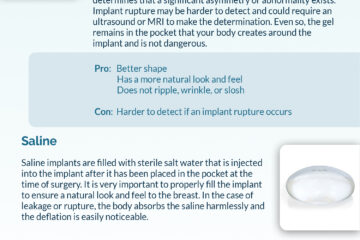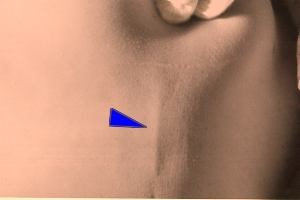
During client consultations, we often discuss breast implant placement and whether breast implants are better positioned beneath or above the muscle. When it comes to determining proper breast implant placement, submuscular (below) vs. subglandular (above), there is no one size fits all. Granted, the majority of breast implants are placed beneath the muscle; however, in some specific cases, it’s appropriate to place them above. A few key factors, like athletic activity, postpartum conditions, and ptosis, make the case for the subglandular placement of breast implants.
Understanding the basic differences between the breast implant placements two might help you better prepare for you consultation.
Submuscular (Below Muscle) Breast Implants
There are several reasons explaining the popularity of submuscular placement for breast implants. First, separating the implant from the pectoralis muscle allows more of your muscle to cover the implant. This layer of muscle disguises the implant, making it less visible and palpable. In other words, the result is a more natural look. By choosing a breast implant placement below the chest muscle, the risk of capsular contracture decreases.
For most patients, breast implant placement below the chest muscle is ideal. But, there is a segment of this population that benefits from subglandular (above muscle) breast implant placement.
Subglandular (Above Muscle) Breast Implants
Although submuscular breast implants are, arguably, the norm, some patients do require subglandular placement for their breast implants. Women who are extremely active and involved in athletics like bodybuilding or weightlifting are ideal candidates for submuscular breast implant placement. Others include those who suffer from postpartum deflation or minimal ptosis. In these cases, implanting above the muscle returns a better result.
Determining which type of breast implant placement is best for you requires a consultation, during which your doctor will make a recommendation based on the information you provide about your lifestyle, activities, and the desired outcome of your procedure. Contact us today to get started.


